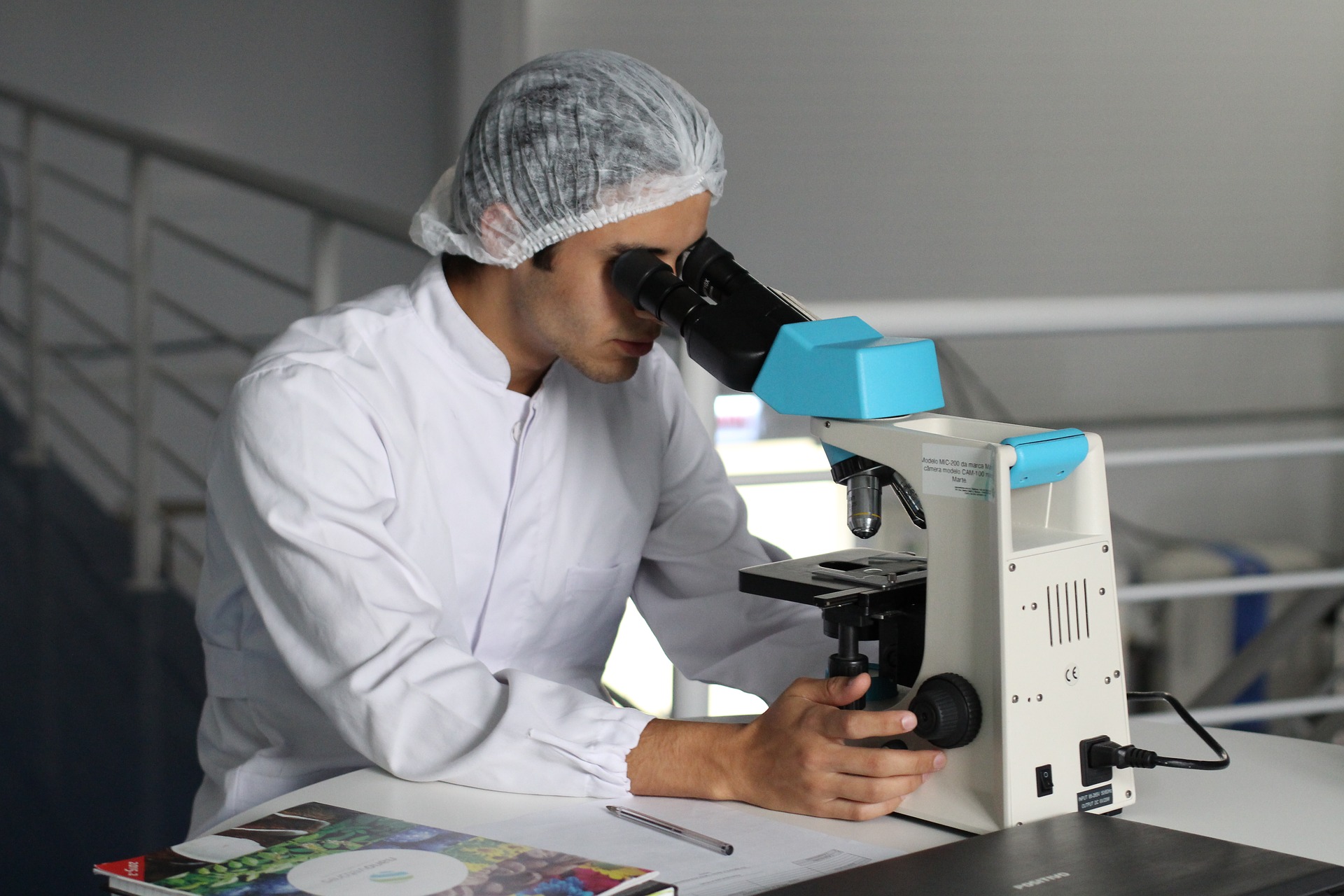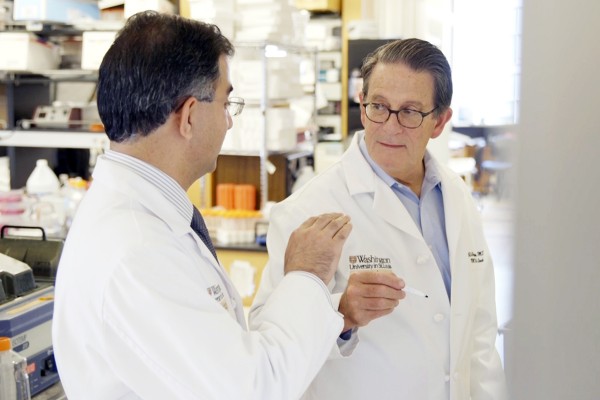It was only a matter of time before CRISPR/Cas9, the gene editing phenomenon that took the scientific world by storm, left the lab and entered the patient. At last, initial findings from America’s first clinical trial using CRISPR-edited immune cells suggest the approach is safe and feasible.
CRISPR/Cas9, once an enigma to scientists, is now widely used to edit the genomes of bacteria, plants, animals and humans with high precision, flexibility, accuracy and at a low cost. Despite its tremendous therapeutic potential, gene editing continues to spark safety and ethical concerns among policymakers, doctors and patients.
It took over two years for the National Institutes of Health Recombinant DNA Research Advisory Committee, the US Food and Drug Administration (FDA) and the University of Pennsylvania’s Institutional Review Board to clear the Phase I trial, which officially launched in September 2018. The trial is backed by the University of Pennsylvania, the Parker Institute for Cancer Immunotherapy and the biotech, Tmunity Therapeutics.
So far, three cancer patients have been treated with CRISPR-edited T cells, which have been stripped of their usual T cell receptors (TCRs) and replaced with cancer-specific TCRs that target the antigen, NY-ESO-1. One of the three CRISPR edits removed PD-1, the immune checkpoint inhibitor frequently targeted in blockade therapy. In principle, these edited T cells will have an increased ability to track and kill tumor cells expressing the NY-ESO-1 antigen.
Each patient received one infusion of modified T cells and are being monitored for adverse events and any signs of response. In a news release, principal investigator Dr. Edward Stadtmauer, the section chief of hematologic malignancies at the University of Pennsylvania said, “This trial is primarily concerned with three questions: can we edit T cells in this specific way? Are the resulting T cells functional? And are these cells safe to infuse into a patient? This early data suggests that the answer to all three questions may be yes.”
It’s still too early to tell if this technique will truly change the outlook for these patients, two of which have multiple myeloma while the other has sarcoma. Indeed, the researchers report that none of the patients have responded to the therapy; however, this may change over longer clinical follow-up.
Still, other questions remain: which T cell product is the most potent cancer killer? What is the feasibility of manufacturing these T cells? With multiple gene edits, there is a risk that a proportion of modified T cells will not be pure, viable, sterile or otherwise fit enough for viral transduction. Perhaps eliminating the viral vector altogether might solve one of these problems. For a first-in-man trial, one of the biggest concerns is long-term safety.
Some of these concerns plague other forms of gene and cell therapies. Developers of the highly popular immunotherapy, Chimeric Antigen Receptor T cell (CAR-T) therapy, continue to grapple with off-target effects, neurological toxicities and widespread immune activation (cytokine release syndrome). The FDA stopped preclinical trials of Zolgensma, Novartis’ contentious gene therapy for spinal muscular atrophy, due to evidence of neurological damage. The treatment, currently the most expensive in the world, is already approved for children aged two and up.
Many of these emerging therapies have the potential to treat numerous human diseases that have no effective treatments. Just recently, another player has emerged: prime editing. This technique boasts higher accuracy and fewer off-target effects, performed in a fraction of the time.
As prime editing takes a seat at the lab, CRISPR/Cas9 has the chance to shine in the clinic. While it has only been one year into a 15-year study, these initial safety findings provide optimism that the researchers are on the right track.
“These early findings are the first step as we determine if this new, breakthrough technology can help rewrite how we treat patients with cancer and perhaps other deadly diseases,” said Sean Parker, founder and chairman of the Parker Institute of Cancer Immunotherapy. “CRISPR editing could be the next generation of T cell therapy, and we are proud to be a part of the first human trial in the United States.”










Join or login to leave a comment
JOIN LOGIN